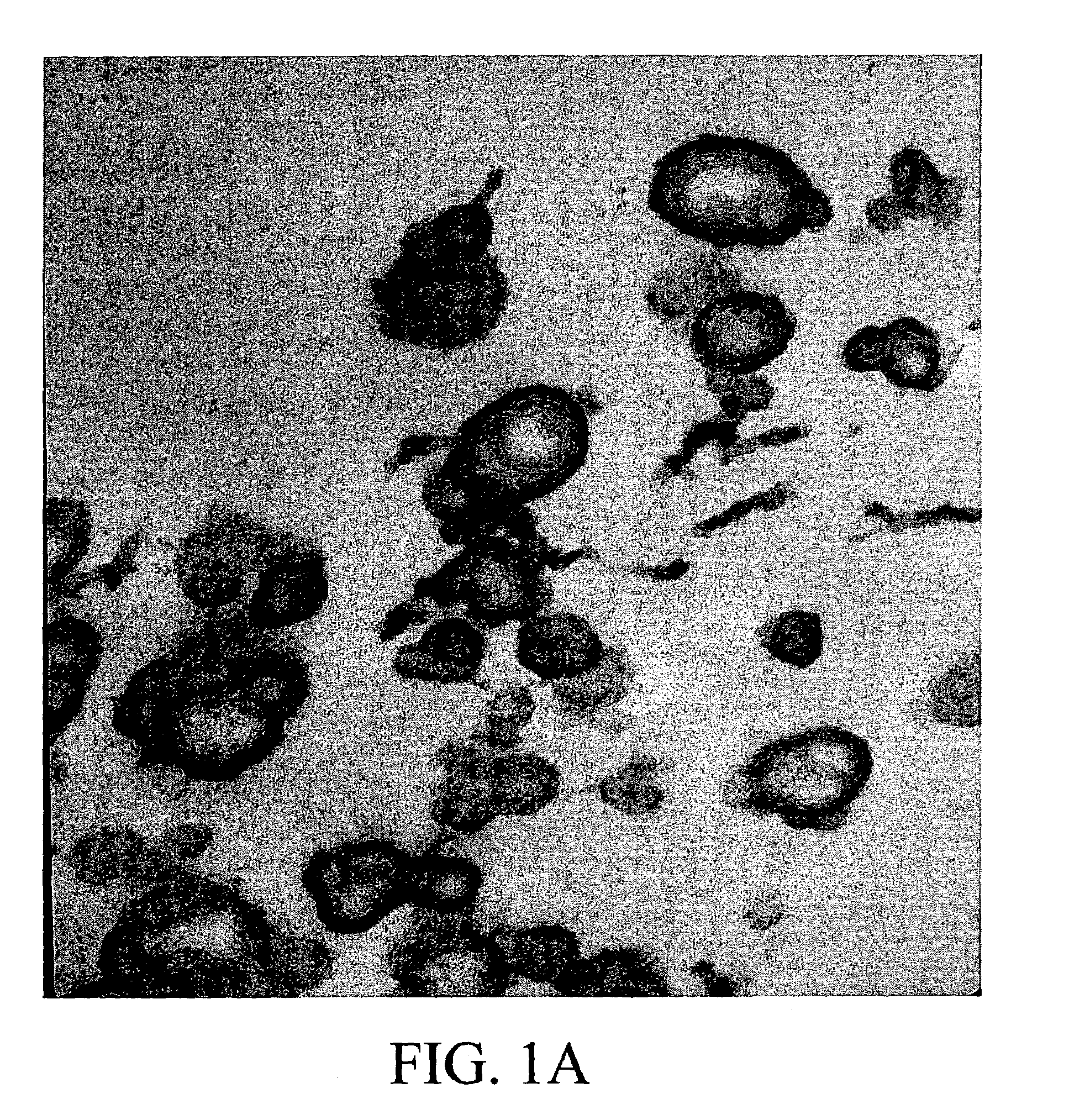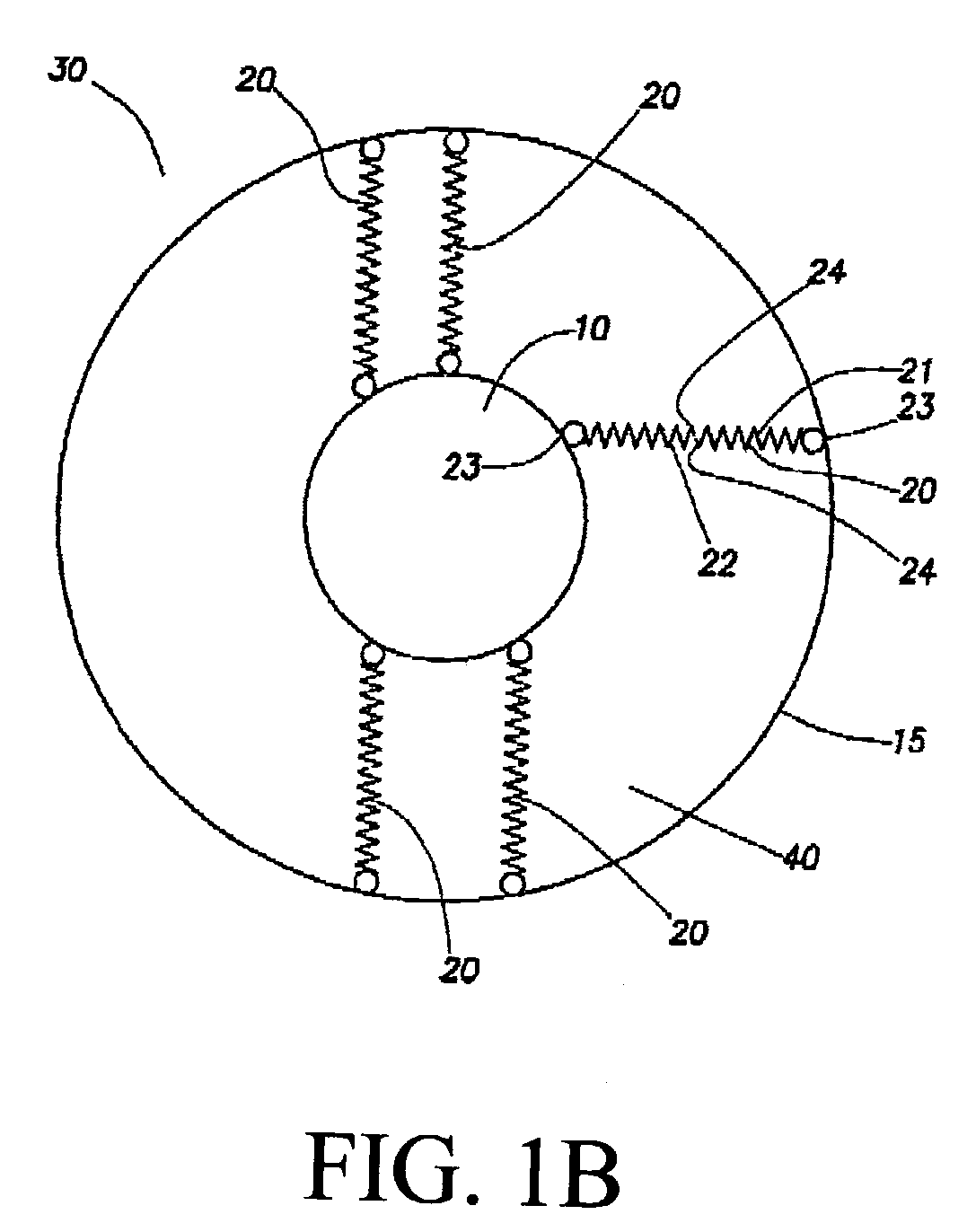Acid diverting system containing quaternary amine
a technology of quaternary amine and acid diverting fluid, which is applied in the direction of sealing/packing, chemistry apparatus and processes, and well accessories, etc., can solve the problems of uneconomical volume of treatment fluid, incomplete damage removal, and acid placement in matrix treatment of open hole horizontal wells is even more difficult, so as to reduce the viscosity and reduce the time required. , the effect of reducing the viscosity of the viscoelastic fluid of the invention
- Summary
- Abstract
- Description
- Claims
- Application Information
AI Technical Summary
Benefits of technology
Problems solved by technology
Method used
Image
Examples
example 1
[0112]A viscoelastic surfactant diverter pill was made by adding 90 ml of water to a Waring blender; adding 0.3 g of carboxymethyl cellulose containing a quaternary amine group (Celquat H-100, National Starch & Chemical) into the water; agitating the mixture for 30 minutes; adding 2.4 ml of ethylene glycol monobutyl ether while under agitation; adding 7.6 ml of lecithin (Riceland Chemical) and continue to agitation for another 10 minutes; adjusting fluid pH to 10.0 using 30% NaOH solution and continue to agitate the solution for another 10 minutes; pouring out the fluid and running a viscosity test on Fann 50. FIG. 9 is the rheological profile of the fluid at various temperatures.
example 2
[0113]The viscoelastic surfactant diverter pill of Example 1 was used in a 53-foot oil-bearing reservoir at a measured depth of 14,500 feet. Bottomhole temperature in this interval was recorded at 198° F. and the interval was completed as a high rate water pack (HRWP). A 10% HCl −5% acetic acid treatment was injected in stages in front of the gravel to remove the damage and improve connection to the near-wellbore region. The acid treatment was separated into three stages to best treat the entire interval with two diverter pills.
[0114]After injecting the first HCl / acetic acid into the formation, the treating pressure on the annulus decreased from 1,300 psi to less than 250 psi at a rate of 1.5 bpm (See FIG. 7). The annulus pressure stabilized during treatment of the well with a 5% NH4Cl spacer fluid. The viscoelastic diverter pill (of Example 1) was injected into the well. Once the viscoelastic diverter pill reached the perforations, an increase of 1200 psi in annulus pressure was ob...
example 3
[0119]In this Example, the viscoelastic diverter pill of Example 1 was used in a 120 ft gross and 91 ft net oil reservoir at a measured depth of 9,600 feet. The well was not perfectly deviated by 41 degrees. The primary in a single selective, this zone was completed as a HRWP. The bottomhole temperature in this interval was recorded at 150° F. A 10% HCl acid solution was injected in front of the gravel to improve connection to the near-wellbore region. The acid treatment was separated into four stages with three viscoelastic diverter pills.
[0120]Once the first acetic-HCl acid stage reached formation, the treating pressure on the annulus decreased from 450 psi to 200 psi (See FIG. 8). As injection was continued with the HCl acid and the acid rate was increased from about 2 bpm to about 3.0 bpm, the annulus pressure continued to decrease. The (first) viscoelastic diverter pill was injected at the rate of 3.0 bpm and once the diverter pill reached the perforations, a 300 psi increase i...
PUM
| Property | Measurement | Unit |
|---|---|---|
| diameter | aaaaa | aaaaa |
| temperature | aaaaa | aaaaa |
| temperature | aaaaa | aaaaa |
Abstract
Description
Claims
Application Information
 Login to View More
Login to View More - R&D
- Intellectual Property
- Life Sciences
- Materials
- Tech Scout
- Unparalleled Data Quality
- Higher Quality Content
- 60% Fewer Hallucinations
Browse by: Latest US Patents, China's latest patents, Technical Efficacy Thesaurus, Application Domain, Technology Topic, Popular Technical Reports.
© 2025 PatSnap. All rights reserved.Legal|Privacy policy|Modern Slavery Act Transparency Statement|Sitemap|About US| Contact US: help@patsnap.com



